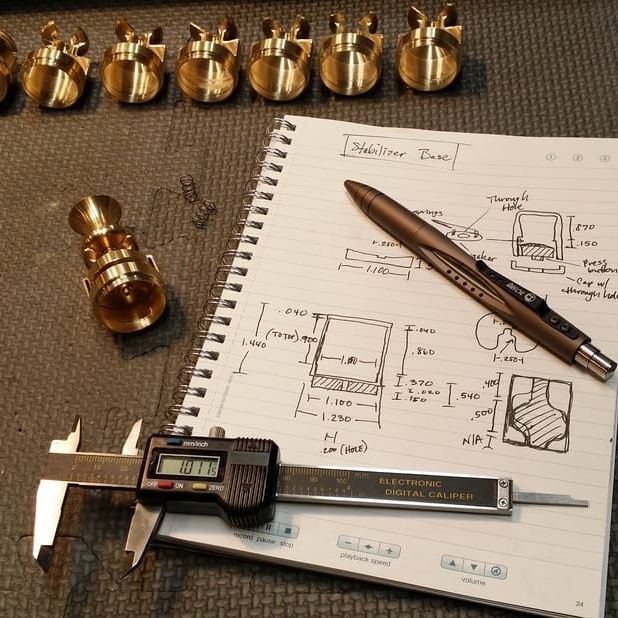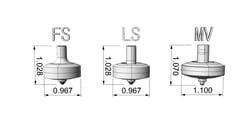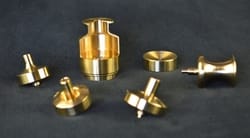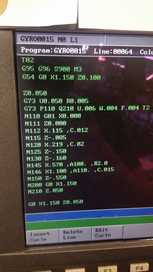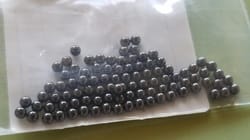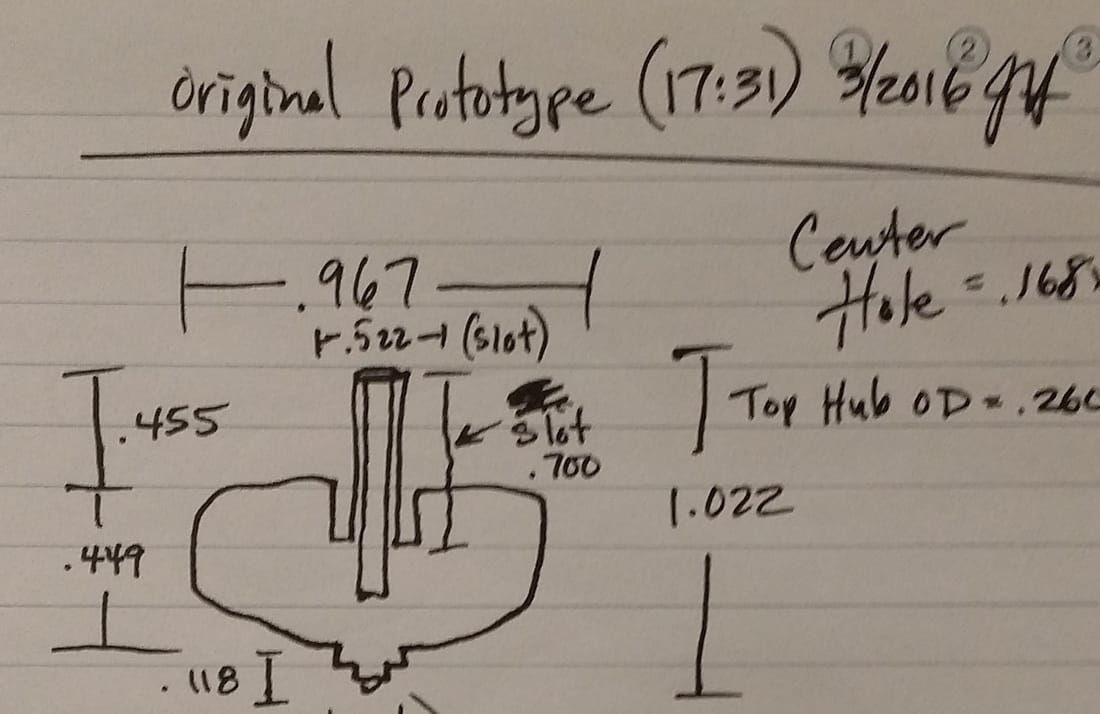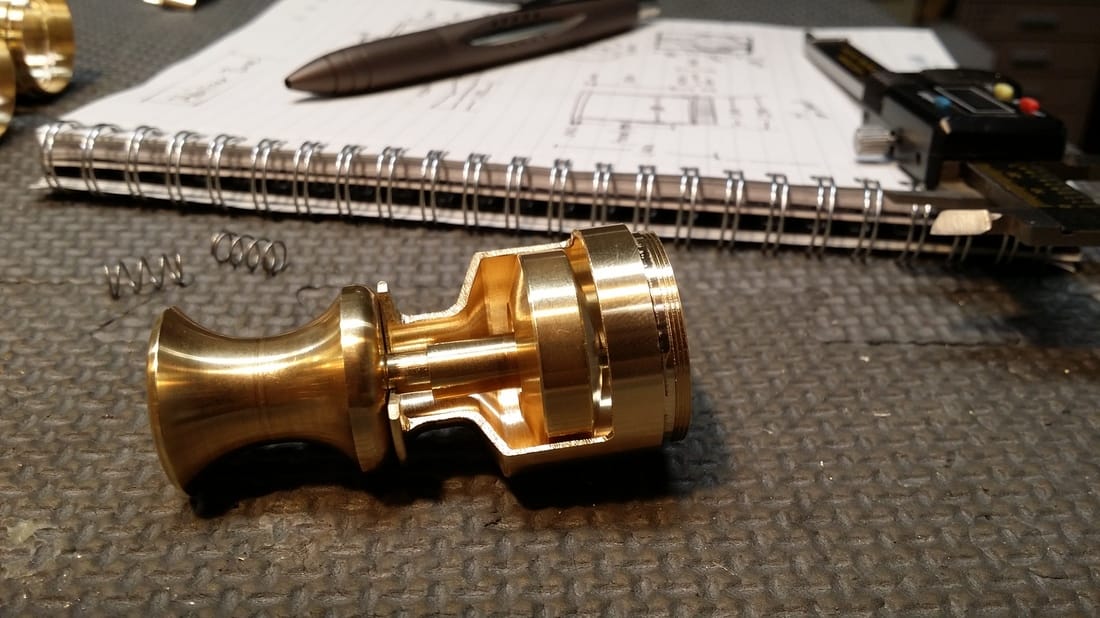Reducing Friction
Incorporating a tiny precision press-fit Silicon Nitride (Si3N4) Ball as the contact point reduces friction to near zero.
|
Discovering Balance
This required a calculator, some relatively simple math and trial and error. In short, I designed Momentum with 90% of the mass near the circumference thus maximizing centrifugal force.
|
Maximum Velocity
Achieving maximum velocity required an external apparatus, which is the PSS or Precision Stabilization System. This system incorporates fully enclosed precision micro-ball bearings both in the base and inside the hollow tube of the spinning body. Holding everything in line with the rotating axis allows for maximum acceleration with minimum resistance.
|
|
You are also welcome to share photos, videos and comments on the Harrelson Momentum Facebook page.
|
|
The spinning top dates back to antiquity and is one of the oldest known toys. Early versions were made from wood and sometimes featured an iron tip to improve performance and durability. They most often were set into motion through the use of a pull string. Tops evolved in the 20th century made from plastic and metal. Today, there are numerous high end spinning objects made with modern CNC machinery by dozens of fine artisans and machine shops around the world.
I would like to encourage you to back this Kickstarter project and enjoy the latest innovations found in Momentum. These will surely be added to the history and evolution of this fascinating piece of entertainment. Today, we may ask, "Is a spinning top a toy, a tool or a science experiment?" |
